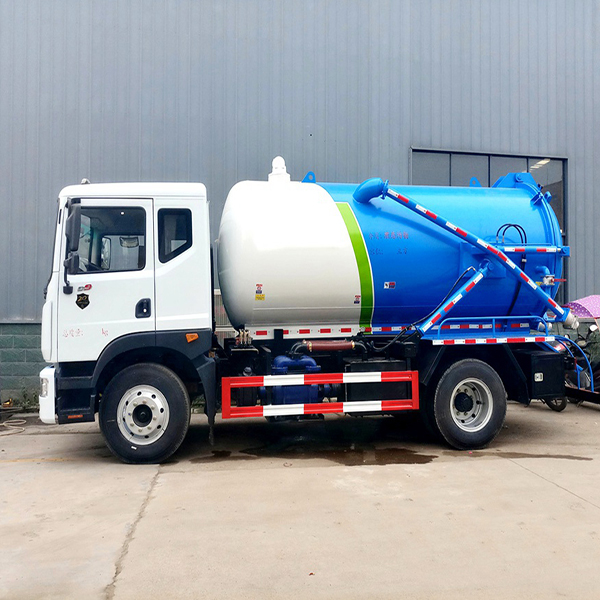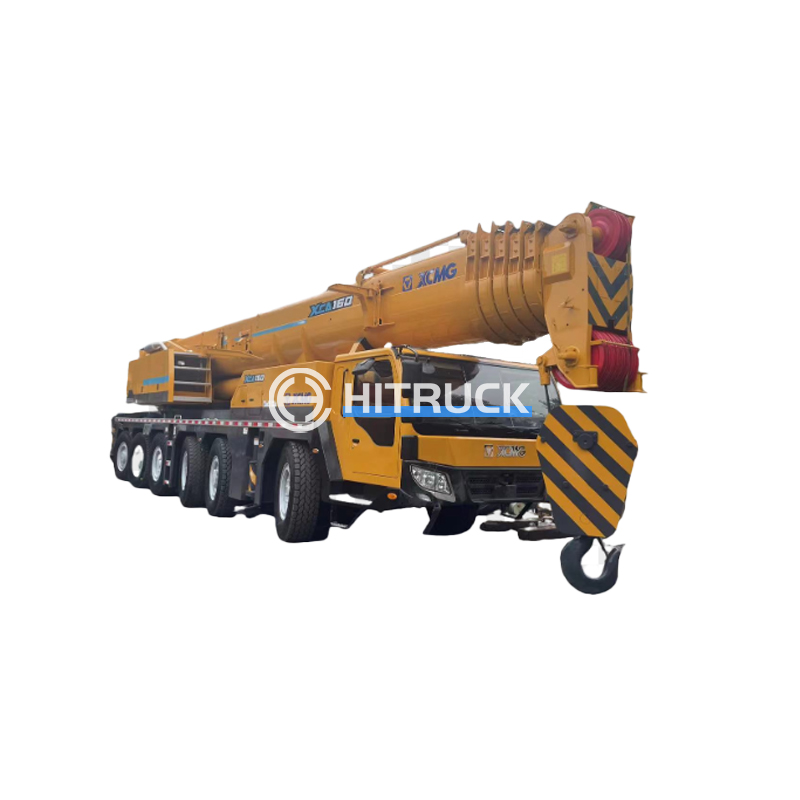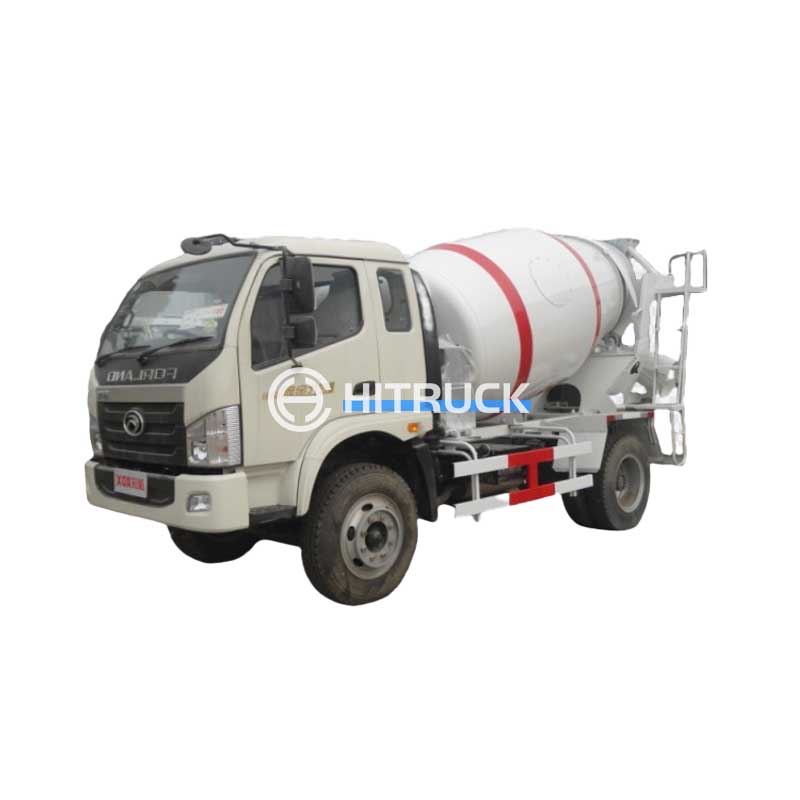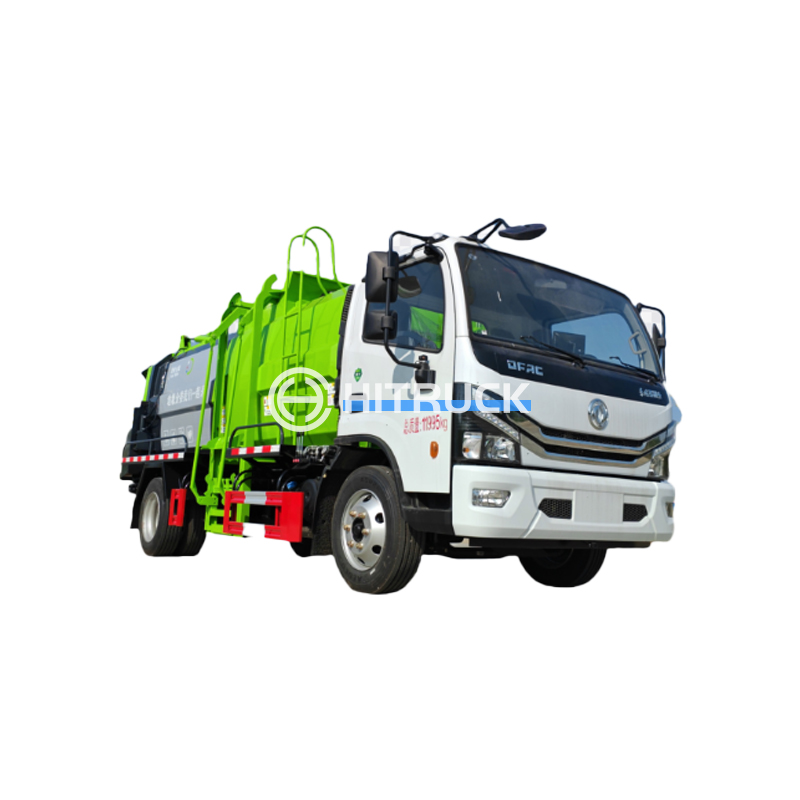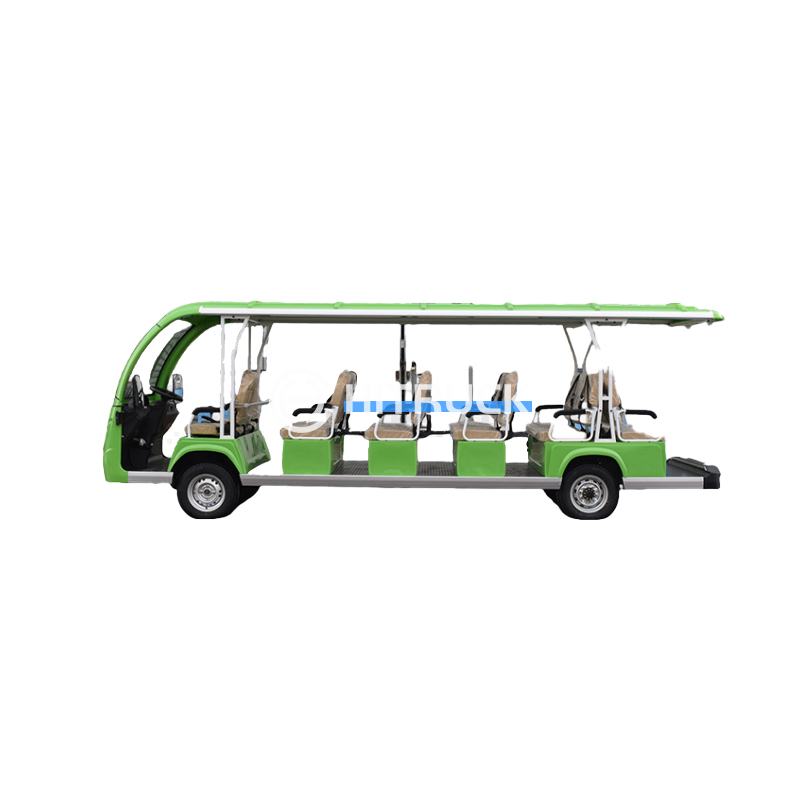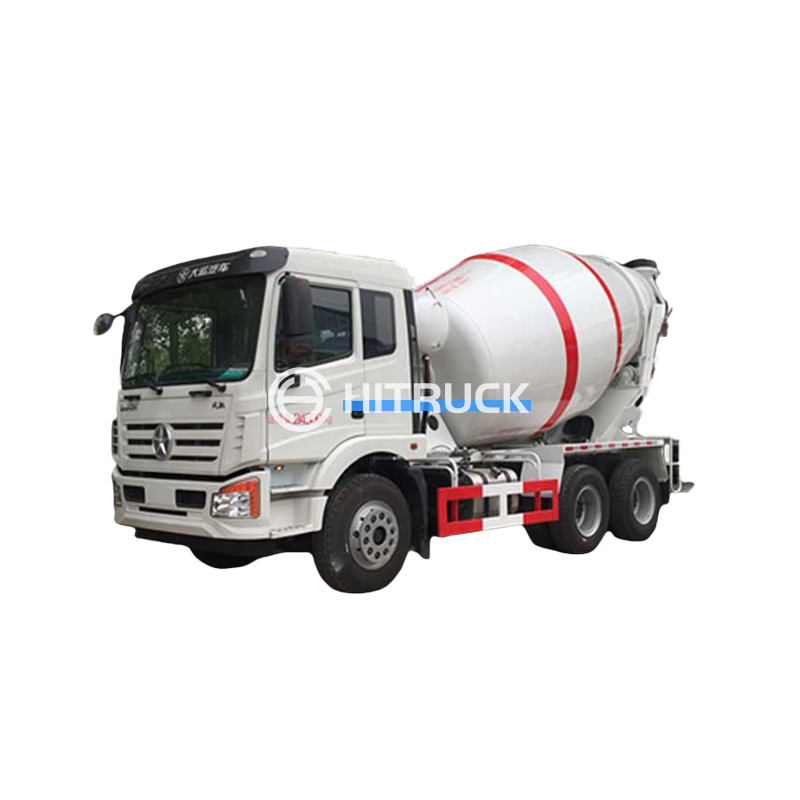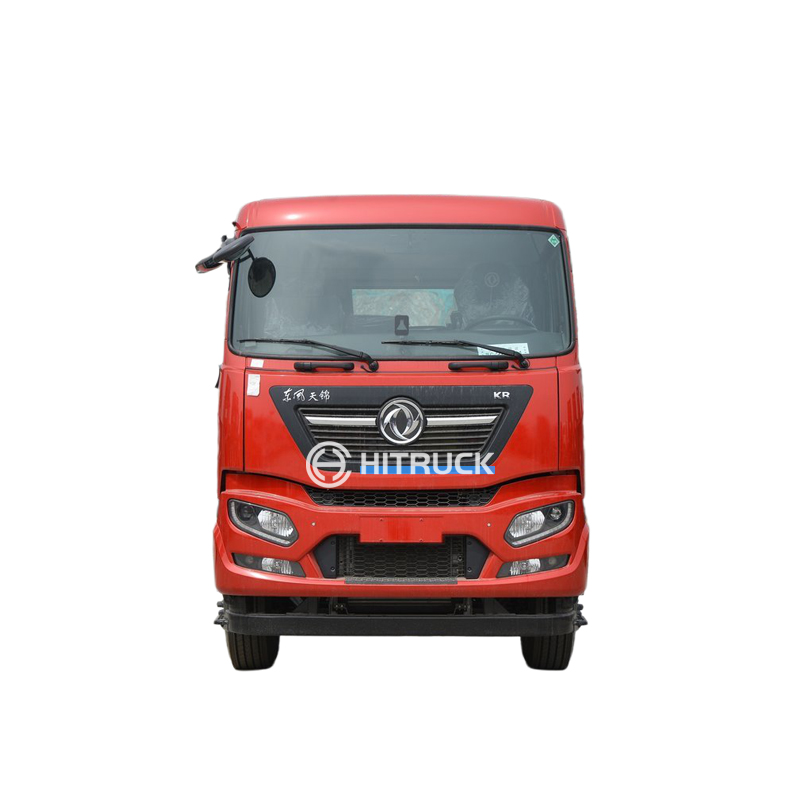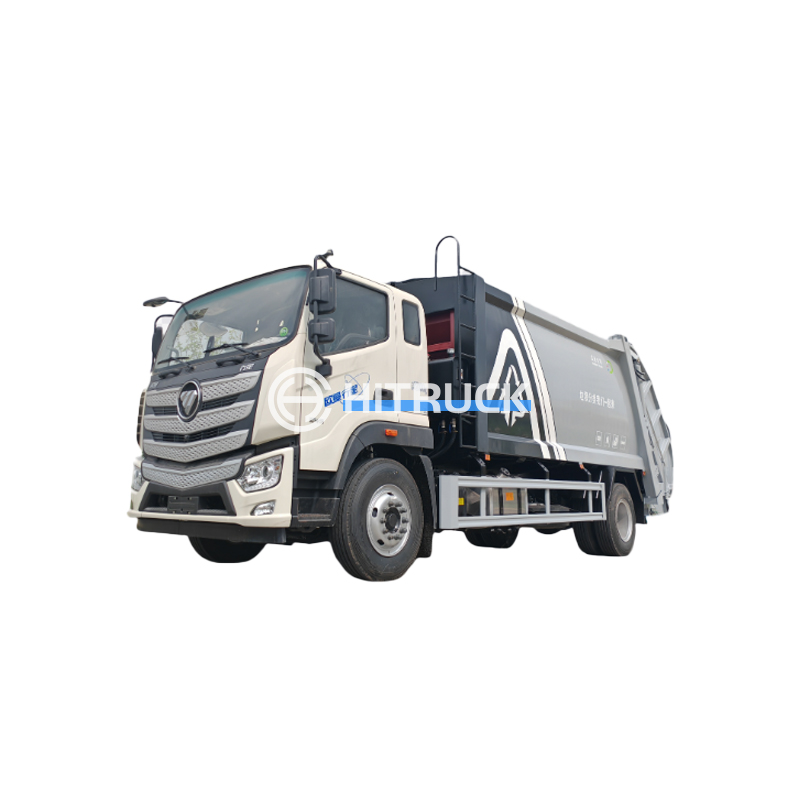Mini Crane: A Comprehensive Guide for Choosing the Right OneThis guide provides a detailed overview of mini cranes, covering their types, applications, benefits, and considerations for choosing the right one for your needs. Learn about different lifting capacities, power sources, and features to help you make an informed decision.
Choosing the right mini crane can be a challenging task, given the wide variety available on the market. This guide aims to simplify the process by providing a comprehensive overview of mini cranes, encompassing their diverse applications, key features, and essential considerations for selection. Whether you're a construction professional, a homeowner tackling a DIY project, or a business requiring efficient lifting solutions, understanding the nuances of mini cranes is crucial.
Spider cranes, also known as micro cranes, are characterized by their compact design and ability to traverse challenging terrains. Their multiple outriggers provide stability, while their maneuverability makes them ideal for confined spaces. They are often powered by diesel or electric motors, offering varying lifting capacities depending on the model. Consider a spider crane for projects in tight urban environments or on uneven ground.
Compact crawler cranes combine the stability of a crawler chassis with a smaller footprint than traditional crawler cranes. This makes them suitable for a wide range of applications, from construction sites to industrial settings. Their robust construction and relatively high lifting capacity make them a versatile choice. Look for features such as hydraulic outriggers and adjustable boom lengths for optimal versatility.
These cranes are mounted on trucks, offering easy transportation and deployment. This mobility is particularly beneficial for projects requiring frequent relocation. The lifting capacity varies based on the truck size and crane model. Truck-mounted mini cranes are often a cost-effective solution for businesses needing frequent crane usage.
When selecting a mini crane, several key features should be carefully evaluated to ensure it aligns with your specific needs and project requirements. These include:
| Feature | Description |
|---|---|
| Lifting Capacity | Consider the maximum weight you need to lift, adding a safety margin. |
| Boom Length | Choose a boom length appropriate for your reach requirements. |
| Power Source | Evaluate diesel, electric, or hybrid options based on environmental concerns and power availability. |
| Outriggers | Assess the outrigger system's stability and adjustability. |
Mini cranes find applications across various sectors. They are commonly used in construction, landscaping, industrial maintenance, and even film production. Their compact size and maneuverability allow them to access confined spaces, making them invaluable in urban environments and intricate settings. For example, a mini crane might be used to lift materials onto a rooftop, place heavy equipment within a factory, or hoist scenery during a film shoot.
Before purchasing a mini crane, thoroughly assess your specific needs. Consider factors such as the weight of the objects you need to lift, the required reach, the terrain, and the available space. Consulting with a specialist or equipment supplier can prove beneficial in navigating the available options and selecting the most suitable mini crane for your project. If you need heavy lifting solutions, consider exploring options from reputable suppliers like those found on sites such as Hitruckmall.
Remember to prioritize safety. Always follow the manufacturer's instructions and relevant safety regulations when operating a mini crane. Proper training is crucial to ensure safe and efficient operation.

